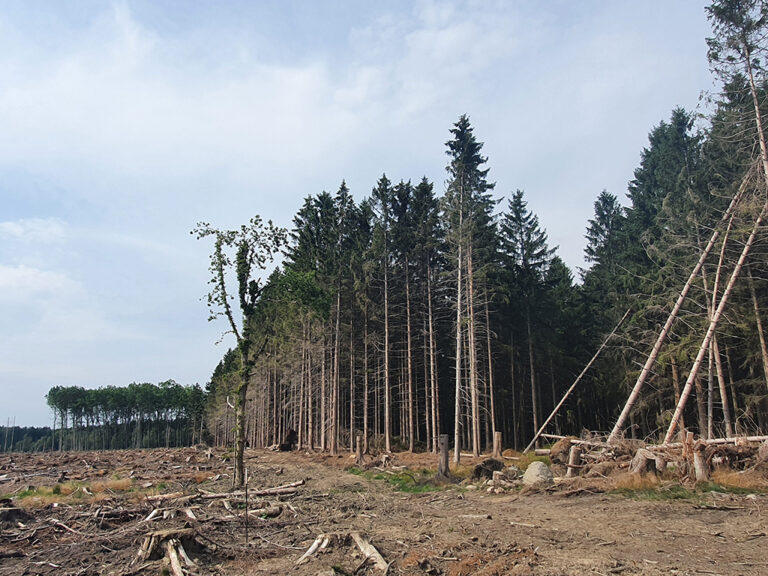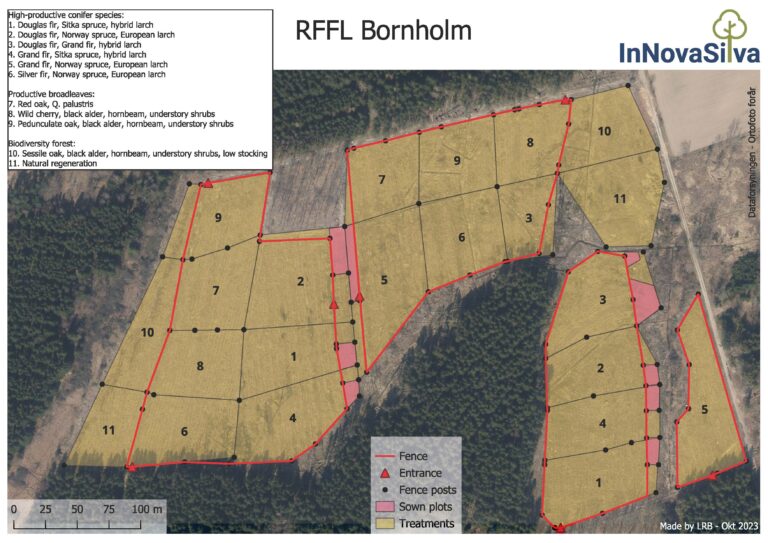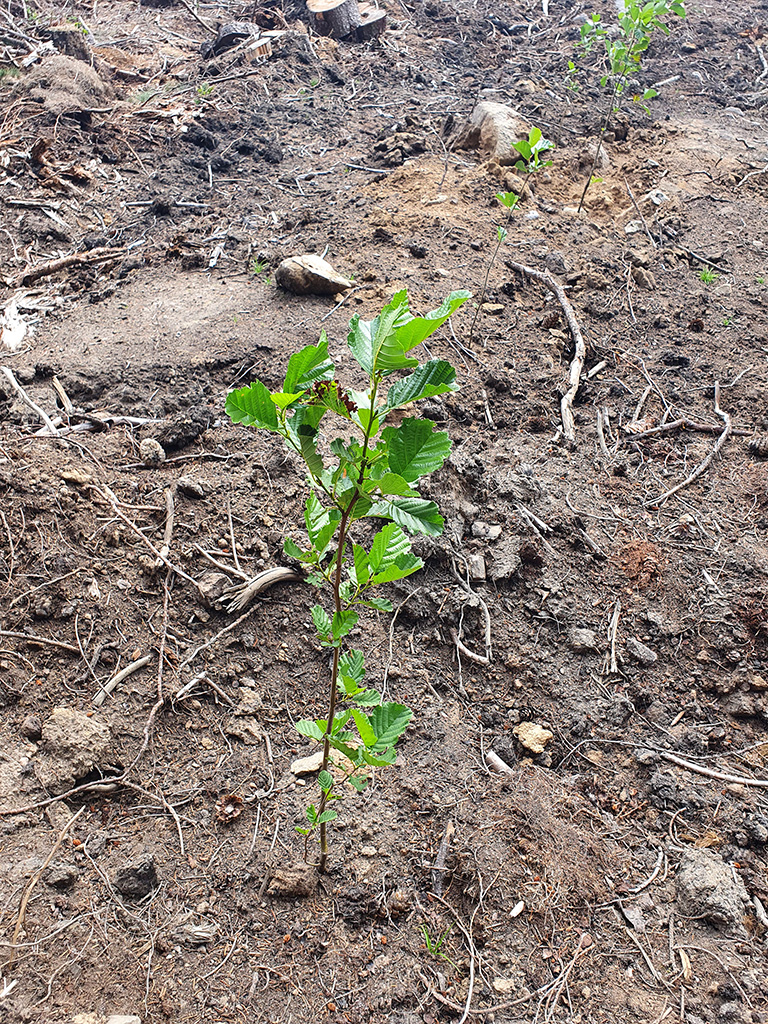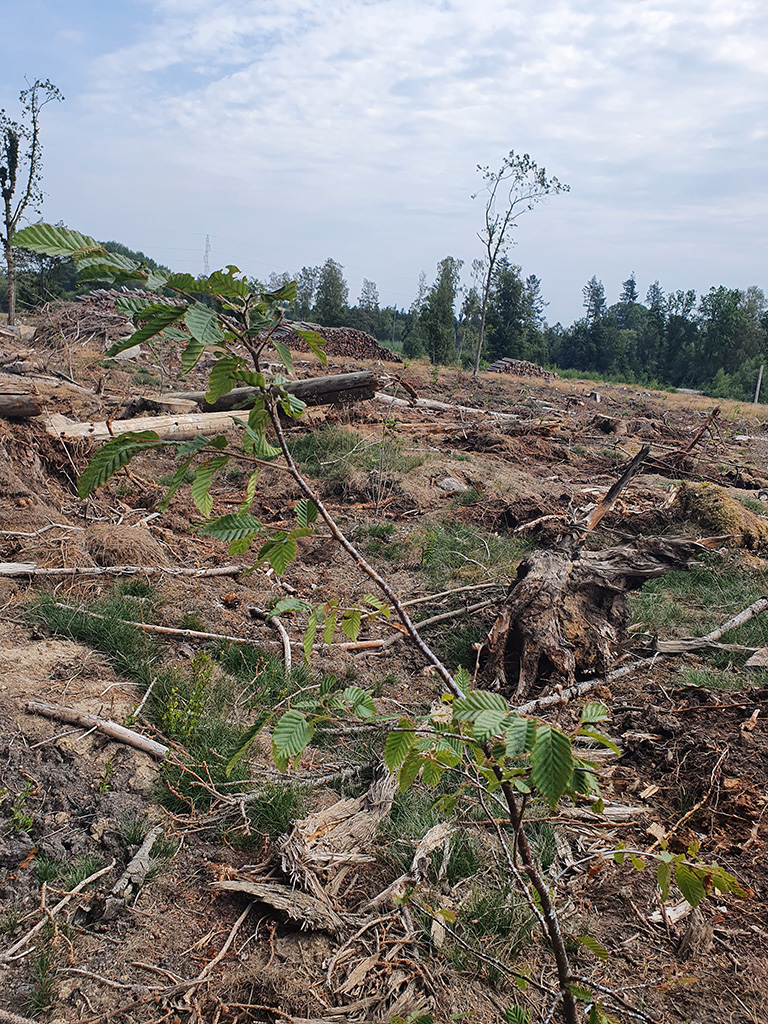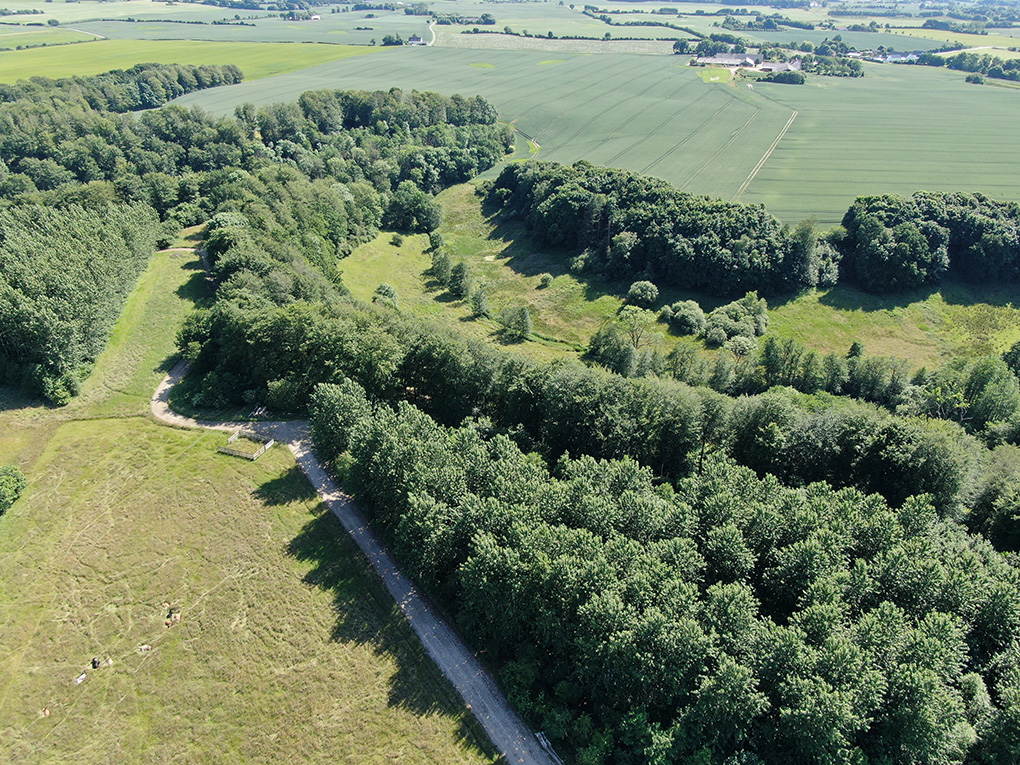
Afforestation and reforestation in the NW European low-land
The present two RFFL-locations in Denmark are:
- RFFL Bornholm on the island of Bornholm in the Baltic Sea 86 km’s southeast of the Swedish
coastal city Ystad (<100 m.a.s.l.). - RFFL Trollerup Experimental Plantation is a 120 hectare afforestation experimental area to be
planted on farmland in the spring 2025 near the town Jelling in Jutland.
Photo: Denmark is predominantly a densely populated and intensively utilized arable low-land landscape <200 m.a.s.l. Photo credit: Palle Madsen.
Some figures on land-use in Denmark
- 43.000 km2
- 5.9 mill people
- 15% forest – 645.000 hectares
- 62% farmland
- 9% lakes and unforested open land
- 14% urban areas and infrastructure
Forest ownership
- 24% publicly owned (mainly state, municipalities, and the Church)
- 60% privately
- 16% companies, foundations, and other private owners.
For the two present RFFLs in Denmark the themes are similar:
Demonstrate and document opportunities and restrictions for active and productive forest management to address the following issues for improving society sustainability and independence from using fossil fuels and energy intensive materials:
- future shortages of wood
- increase CO2-sequestration and CC-mitigation of forests
- increase forest adaptation capacity facing unknown future conditions.
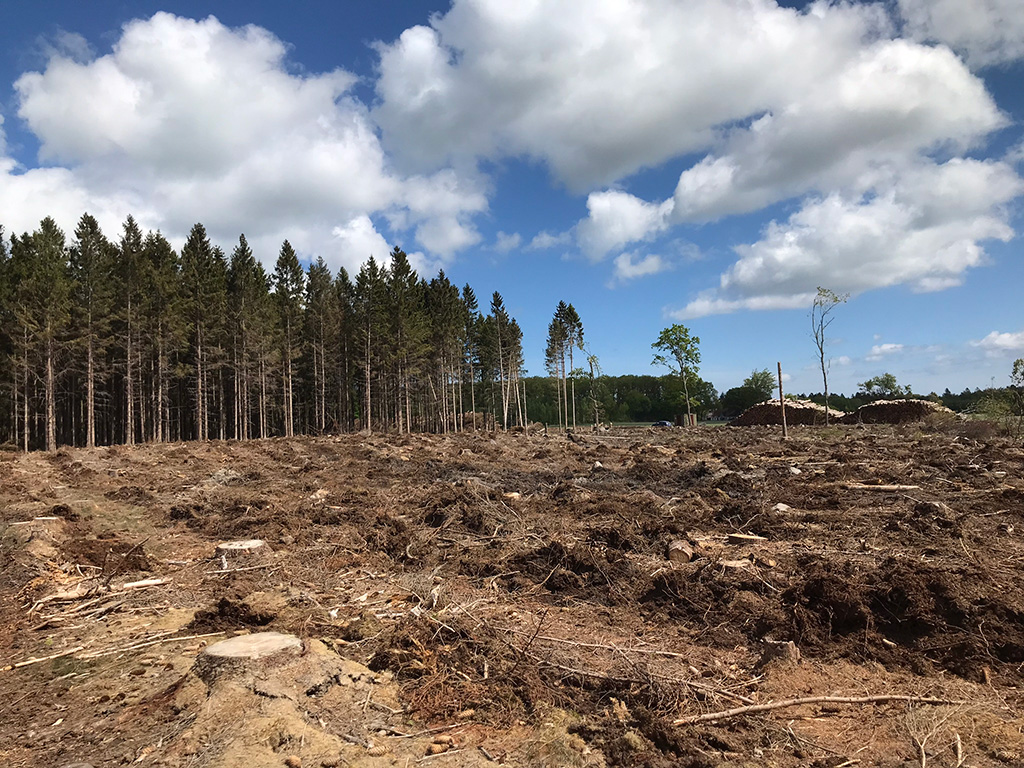
Bornholm
The challenges for tree planting in spruce plantations are:
- Mature spruce plantations were planted on degraded heathlands from 1800’s and are now 2nd-4th generation. They are unstable and very prone to storm damage particularly in case of thinning. Clear-cutting and replanting is the common regeneration method.
- Weevils (Hylobius), deer damage, late spring frost and competition are the main challenges on
such clear-cut forested sites. - Risk of deer damage (browsing and fraying) reduce the number of species to be planted without
expensive protection. This leads to reductions in the number of tree species considered for
planting, thus reducing future forest resilience and adaptation capacity.
Photo: RFFL Bornholm early June 2022 seen from west towards the east. The harvest was conducted during the winter 2021-22 and the site prepartion in May 2022. The location of treatment plots and planting of broadleves started within days after this photo was taken. Photo credit: Palle Madsen.
The RFFL Bornholm is owned by the private forest company Skovselskabet Poulsker ApS (”Forest Company Poulsker Ltd.”) and the reforestation experimental area is at present an 11 hectare clear-cut Norway spruce plantation. The establishment of this RFFL is supported by the private foundation Godfred Birkedal Hartmanns Familiefond (GBHF) as well as by the owner and InNovaSilva.
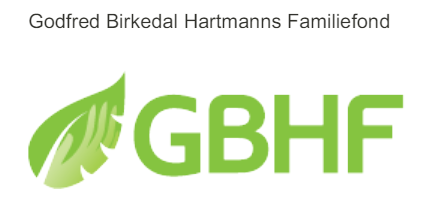
Objectives and strategies
To demonstrate and document at operational scale the impacts of alternative and very different innovative species mixtures, business-as-usual (BAU), and do-nothing (natural regeneration) treatments on:
- wood production
- CO2-sequestration
- habitat quality and biodiversity
The core experimental area established from June 2022 includes:
- 11 treatments in total, 2 replicates, 11 hectares of clear-cut after Norway spruce, 22 plots.
- 9 innovative treatments including various species mixtures from native European species, only, to
non-native overseas species mixtures, only, and with some mixed native – non-native mixtures in
between:- 6 treatments / species mixtures with high-productive conifer species
- 3 treatments / species mixtures with productive broadleaves
- 2 treatments with biodiversity forest including a “Do-nothing”
Additionally, a number of plantings or young stands of monocultures of both conifers (Norway spruce and Sitka spruce) or broadleaves (beech and oak) are included and monitored as references and represents BAU treatments for now. Later we aim for planting such treatment plots in future next steps for developing the RFFL Bornholm to reach the desired scale of a minimum of 50 ha of treatment area.
Trollerup, Jutland
The RFFL Trollerup (Experimental Plantation) is privately owned. The establishment of this RFFL location is supported by the owner and InNovaSilva.
Similar to RFFL Bornholm the objective is to demonstrate and document in experiments at operational scale the impacts of not only alternative and very different innovative species mixtures in comparison to business-as-usual (BAU), and do-nothing (natural regeneration) treatments, but also investigating the interactions with the use of nurse crops of three different species or species mixtures of nurse trees. The focus is on treatments and the impacts on:
- wood production
- CO2-sequestration
- habitat quality and biodiversity.
Strategies
Demonstrate and document the impacts of nurse crops on a range of crop species and species mixtures to generate new understanding of how to optimize nurse crop management (thinning and removal) in relation to different crop species that are inter planted following the first thinning of the nurse crop 8-15 years after planting this.
Nurse crops – in the meaning of pioneer species planted 8-15 years in advance of the crop species – can provide:
- initial (0-20 years) much faster growth and CO2-sequestration than BAU-planting of crop species, only
- control of competion (weeds), invasive species, and pests like rodents that may attack the planted crop species
- initial sheltered forest conditions which is favorable for a wide range of crop species by protecting against e.g.
late-spring-frost.
Nurse crops provide:
- initial (0-20 years) much faster growth and CO2-effect than BAU-planting of crop species, only
- control of weeds and invasive species
- initial sheltered forest conditions – favorable for a wider range of crop species
Nurse crop is intended to be thinned and crop species interplanted 5-15 years af planting the nurse crop.
The innovative treatments include combinations of
- Seven species mixtures (various mixtures from native to non-native species) with main emphasis on conifer species mixtures but also with broadleaved species mixtures.
- Three different nurse crops:
- Poplar (mixed clones of hybrid poplar)
- Hybrid larch (Larix eurolepis)
- Mixed native species – birch (Betula pubescens), sycamore maple (Acer pseudoplatanus), and wild cherry (Prunus avium).
- Five different treatments of nurse crops:
- No nurse crop – planting crops species only, year one.
- Three thinning / removal regimes of nurse crops – from slow over 15 years to fast over 5 years af interplanting the crop species and first nurse crop thinning in year 8-15.
- Plantation management of the fast growing nurse crops.
Additionally, there are innovative treatments tested with and without nurse crops in the mandatory 10-20 m wide forest edge around the 120 ha experimental plantation.
BAU treatments
BAU treatments are monocultures of Sitka spruce (Picea sitchensis), grand fir (Abies grandis), sessile oak (Quercus petrea), beech (Fagus sylvatica), or a commonly used species mixture in Danish afforestation practise with oak as main species.
Do nothing treatment
Do nothing treatment – natural regeneration / natural colonization of the farmland.
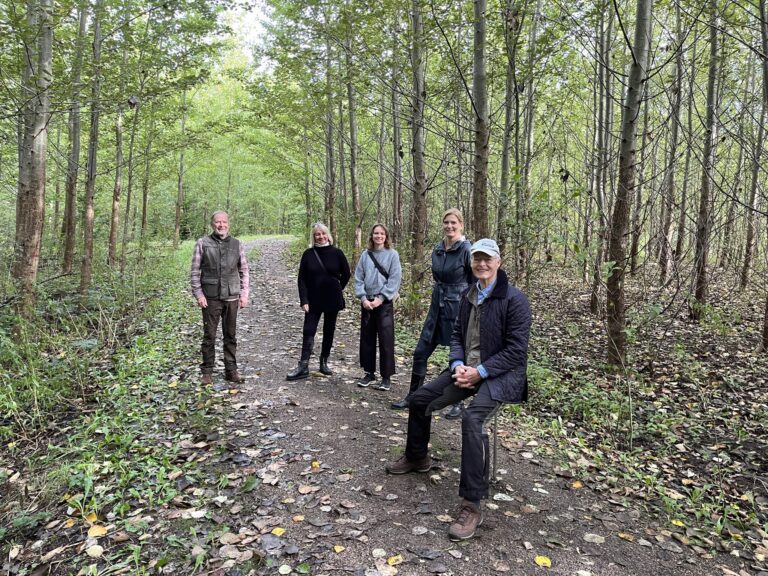
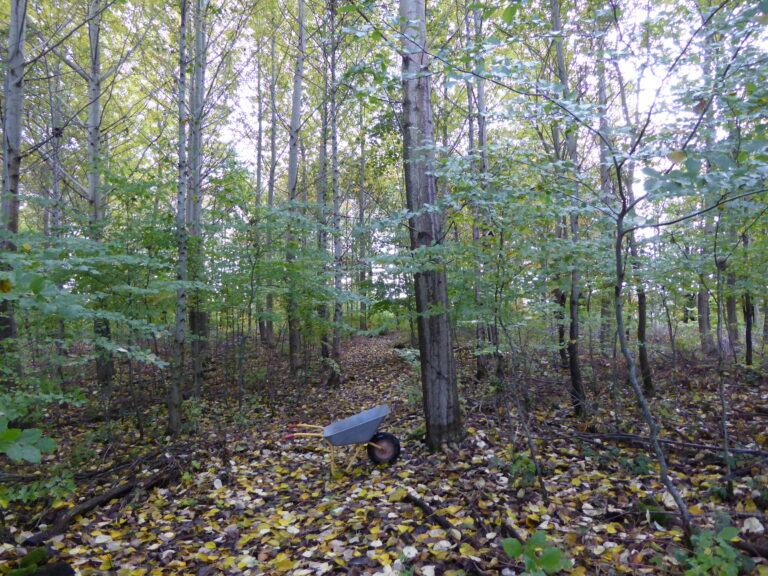
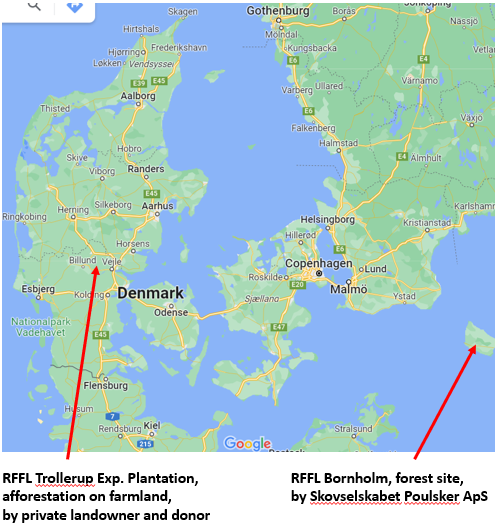
Location
Where to find us
Field sites
- RFFL Bornholm on the island of Bornholm in the Baltic Sea 86 km’s southeast of the Swedish
coastal city Ystad (55°05'51.3"N 15°02'58.1"E). - RFFL Trollerup Experimental Plantation is a 120 hectare afforestation experimental area to be
planted on farmland in the spring 2025 near the town Jelling in Jutland (55°45'13.0"N 9°21'20.3"E).
